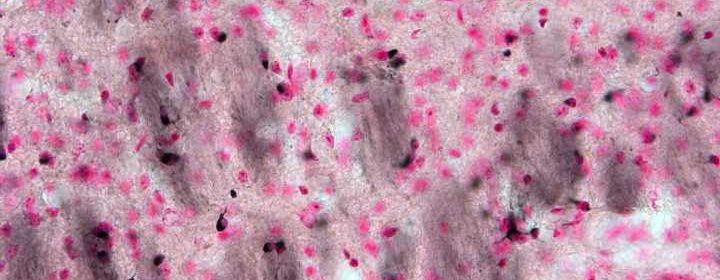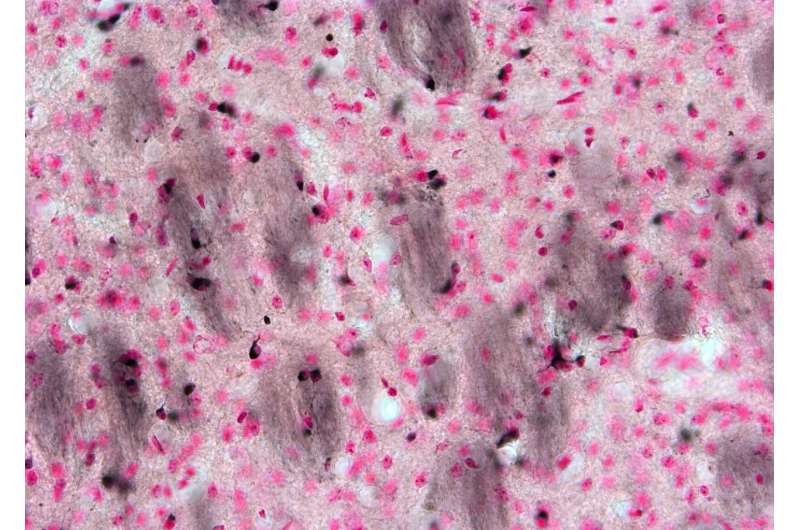Targeting brain iron in multiple system atrophy offers therapeutic potential

Researchers from the Florey Institute of Neuroscience and Mental Health have advanced understanding of the biological mechanisms underlying a rare neurological disease called Multiple System Atrophy (MSA), finding evidence of brain iron accumulation in animal models of the condition. The team’s work opens new pathways to investigate and advance therapeutic options in MSA that target iron overload in the brain.
Led by Dr. Jay Shukla, Prof David Finkelstein and team, new research published in the journal Neurobiology of Disease marks the first study to demonstrate elevated brain iron levels in mice with MSA.
“Using a research model, we were able to target and reduce brain iron levels using a known iron-lowering compound. Excitingly, our results showed that the compound slowed neurodegeneration and prevented symptom progression in mice giving us confidence that we’re on the right track in understanding more about treating this disease,” said Dr. Shukla.
While scientists have identified high levels of brain iron in people affected by multiple system atrophy through post-mortem studies, the role of iron in disease progression and the question of whether reducing iron levels could help improve MSA disease symptoms has remained unanswered.
“What we believe may be contributing to elevated brain iron levels in multiple system atrophy is dysfunction of an enzyme that plays a role in the body’s iron metabolism. Targeting this enzyme and accumulated iron stores may prove a viable therapeutic strategy,” Dr. Shukla explained.
Multiple system atrophy is a degenerative, parkinsonian condition affecting movement, breathing, blood pressure and other body functions. Around 3,000 people in Australia live with the condition.
No disease-modifying therapies are currently available to treat the condition. The average prognosis after receiving a diagnosis of MSA is currently less than ten years, hence treatment options are desperately needed.
“For people living with multiple system atrophy and their families and carers, we hope this research and the work we are continuing to do in MSA at the Florey Institute sends a message of hope,” said Prof Finkelstein, Head of the Parkinson’s Disease Laboratory at the Florey Institute.
“We are constantly making progress in learning more about this rare disorder and working to find new treatment pathways to improve the lives of those who are affected,” he added.
Source: Read Full Article
